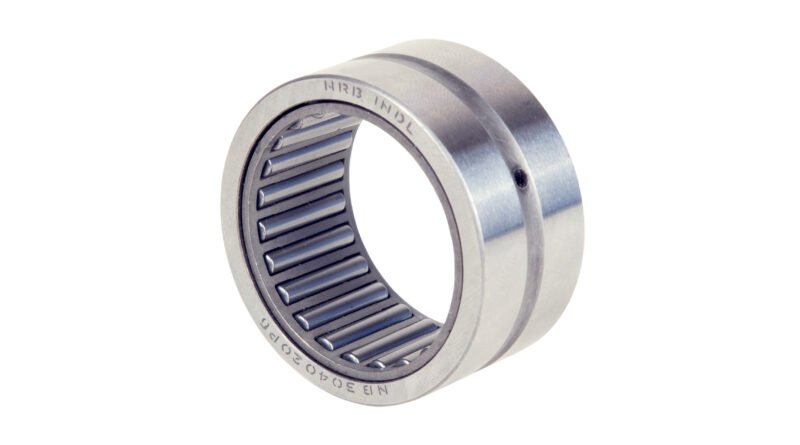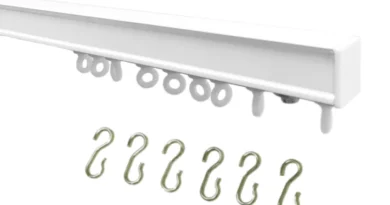Troubleshooting Common Issues with Needle Roller Bearings
Troubleshooting Common Issues with Needle Roller Bearings
Introduction
Needle roller bearings are essential components used in various machinery and industrial applications. They are designed to handle high radial loads with minimal space requirements, making them popular in a wide range of industries. However, like any mechanical component, needle roller bearings can encounter issues over time, affecting their performance and longevity. 8 Common Questions About Needle Roller Bearings This article will delve into some of the common problems associated with needle roller bearings and provide troubleshooting guidelines to address them effectively.
- Insufficient Lubrication
One of the primary causes of needle roller bearing failures is insufficient or improper lubrication. Adequate lubrication is vital to reduce friction and wear between the rolling elements and the bearing raceways. Without proper lubrication, the bearing can experience premature wear, overheating, and even complete failure.
Troubleshooting:
- Check the lubrication system: Ensure that the lubricant delivery system is functioning correctly, and the lubricant reaches all critical bearing components.
- Lubricant selection: Choose the appropriate lubricant based on the bearing’s operating conditions, such as temperature, speed, and load. Consult the bearing manufacturer’s recommendations for suitable lubricants.
- Contamination
Contamination of needle roller bearings is another significant issue that can lead to failures. Particles like dirt, dust, water, and metal chips can infiltrate the bearing, causing abrasive damage and reducing its service life.
Troubleshooting:
- Preventative measures: Implement proper sealing and shielding to protect the bearing from contaminants. Regularly inspect and maintain these seals to ensure their effectiveness.
- Cleanliness: Prioritize cleanliness in the surrounding environment and take necessary precautions during assembly and maintenance to avoid introducing contaminants into the bearing.
- Misalignment
Needle roller bearings are sensitive to misalignment, which occurs when the bearing’s axis does not align correctly with the shaft or housing. Misalignment can lead to uneven loads on the rolling elements, resulting in premature wear and reduced bearing life.
Troubleshooting:
- Check alignment: Ensure the shaft and housing are aligned properly with the bearing. Use alignment tools and techniques to correct any misalignment issues.
- Mounting techniques: Follow the correct mounting procedures to avoid inducing misalignment during installation.
- Overloading
Excessive loads beyond the bearing’s capacity can lead to stress, deformation, and ultimately failure. Overloading may occur due to design miscalculations, process changes, or unexpected operational conditions.
Troubleshooting:
- Review load calculations: Double-check the bearing’s load capacity and compare it with the actual operating loads. If necessary, consider using a higher-capacity bearing or redesign the system to distribute the load more evenly.
- Monitor operational conditions: Implement a reliable monitoring system to detect and prevent sudden spikes in loads that could lead to overloading.
- Fatigue Failure
Fatigue failure is a common mode of bearing deterioration resulting from repeated stress cycles over time. It often occurs due to excessive loads, improper mounting, or inadequate lubrication.
Troubleshooting:
- Optimize loads: Make sure the bearing operates within its recommended load limits to minimize stress cycles and prolong fatigue life.
- Surface finish: Ensure that the shaft and housing have the correct surface finish to prevent stress concentrations that could promote fatigue failure.
Conclusion
Needle roller bearings play a vital role in various industries, but they are susceptible to common issues that can compromise their performance and longevity. By understanding the potential problems and implementing effective troubleshooting techniques, engineers and maintenance personnel can enhance the reliability and efficiency of needle roller bearings in their respective applications. Regular inspection, proper lubrication, contamination control, and adherence to manufacturer guidelines are crucial in ensuring optimal performance and extending the service life of needle roller bearings.



